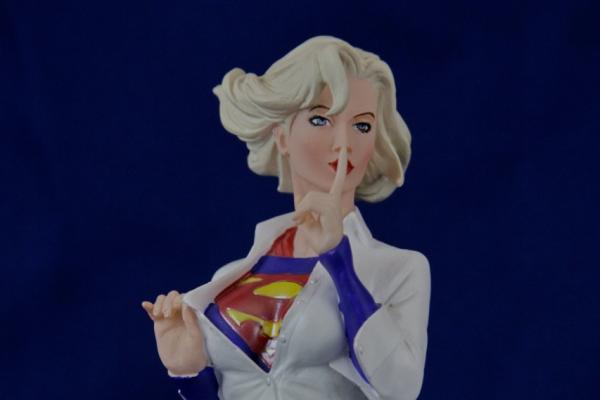Even before it hit comic store shelves in May, Marvel’s all-female series A-Force started picking up attention — most of it well-deserved. Co-written by Marguerite Bennett and G. Willow Wilson, whose other credits include a series starring a Muslim teenage girl (see "Real Life, With Superpowers," Sojourners, August 2014),A-Force is Marvel’s new, lady-led Avengers team, who patrol and protect the island community of Arcadia.
Or as New Yorker staff writer Jill Lepore said in a less-than-complimentary essay, "A-Force is a race of lady Avengers, led by She-Hulk, who come from a ‘feminist paradise,’ but I don’t know what that could possibly mean, because they all look like porn stars."
Lepore’s argument is that for all its positing as the latest in a series of progressive moves by Marvel, A-Force’sgender representation leaves much to be desired. The series features heroines who are, in several cases, female versions of existing male superheroes, rather than their own independent characters.
"Marvel is trying very hard to deal with the fact that its superheroes are mainly men and just turning them into women seemed as good a plan as any," argues Lepore, who recently wrote a book on Wonder Woman’s feminist origins.
Read the Full Article

